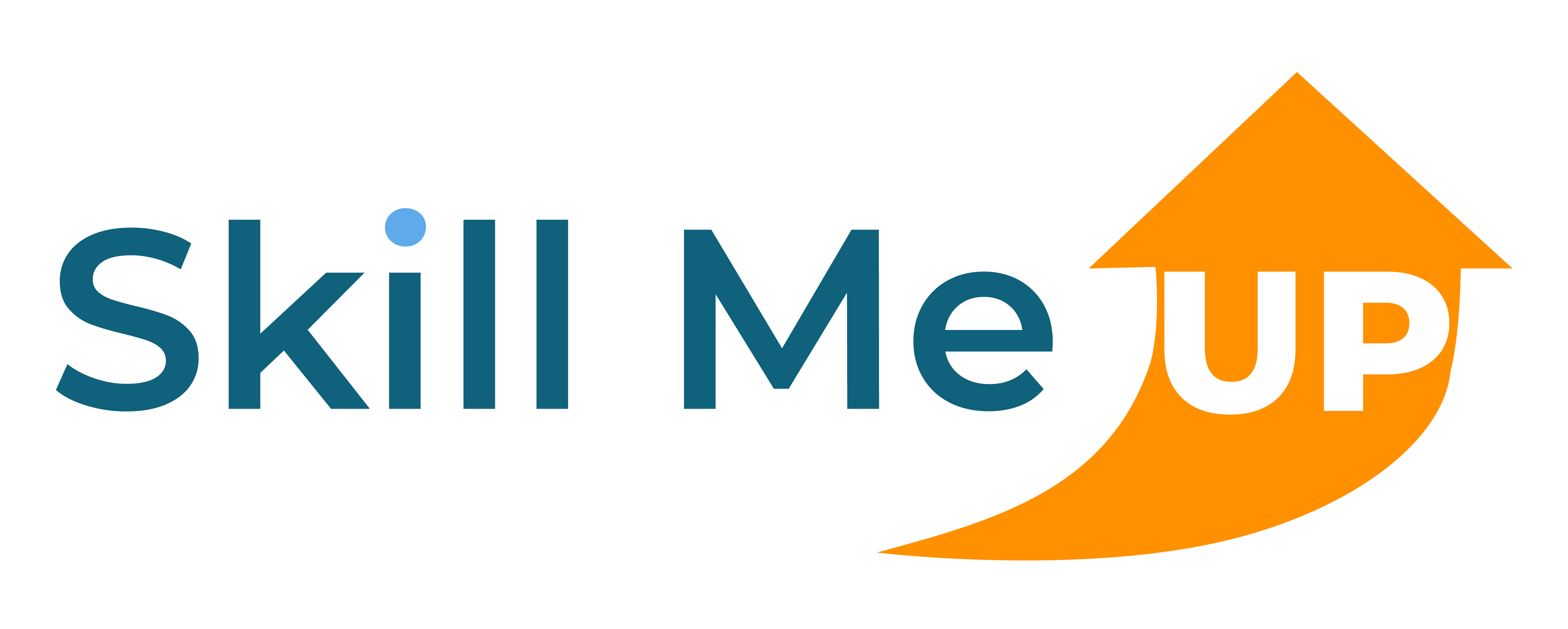Angular 19 Fundamentals
The Angular 19 Fundamentals course provides a comprehensive, hands-on introduction to building modern web applications using Angular’s latest standalone component model and reactive state management features. Designed for developers with basic knowledge of HTML, CSS, and JavaScript or TypeScript, this course teaches how to architect, develop, and style responsive single-page applications using Angular 19.
Through a series of guided lessons and labs, you will learn core Angular concepts such as components, routing, forms, dependency injection, signals, and services. You'll build multiple real-world applications—including a multi-step form, a book tracking system, and a data-driven dashboard—while applying best practices like modular design, reusable UI components, and integration with mock APIs using json-server.
By the end of the course, you'll have the confidence and skills to develop scalable, maintainable Angular applications using the latest techniques and tools.
Angular CLI and project structure
Standalone components and routing
Reactive and template-driven forms
Dependency injection with
inject()State management using Angular
signal()Component communication (
@Input(),@Output())Filtering, sorting, and dynamic views
Form validation and error handling
Integration with mock REST APIs (
json-server)Styling with Bootstrap and Tailwind CSS
Performance best practices and OnPush change detection
- Category: Software Development
- Level: Intermediate
- Time Estimate: 10h 0m
- Price: $199.99 for 3 months of access
- Subscription: $74.99 per month after 7-day free trial
- Lab Environment: Included
- Free Trial: 7 Days

Lessons in this Course

Lesson 1: Introduction and Setup
Kick off your Angular journey by setting up your development environment and creating your first Angular 19 application. In this lesson, you'll install the Angular CLI, generate a new project, explore the default folder structure, and run the app locally. You'll also make your first code edit and see how Angular's live-reloading development server works—laying the foundation for everything to come.
Duration: 1 h 0 mExercises

Lesson 2: Components and Templates
Learn how to build the building blocks of any Angular application—components. In this lesson, you'll create standalone components, pass data using @Input(), and structure dynamic templates using Angular’s powerful binding syntax. You'll also explore content projection with <ng-content> and best practices for organizing reusable UI components.
Exercises

Lesson 3: Services and State Management
Discover how to share logic and data across components using Angular services and signals. In this lesson, you’ll create a shared service to manage application state, use the inject() function for cleaner dependency injection, and build a reactive counter app. You'll also learn the difference between signals and observables, and when to use each for effective state management.
Exercises

Lesson 4: Routing and Navigation
Master client-side navigation in Angular by building a routing-enabled application. In this lesson, you'll define routes with parameters, use <router-outlet> to display dynamic views, and create navigation links with routerLink. You’ll also learn how to pass and access route parameters to build detail pages, laying the groundwork for scalable single-page applications.
Exercises

Lesson 5: Forms and Validation
Learn how to build robust and interactive forms using Angular’s Reactive Forms module. In this lesson, you'll create a profile form with typed form controls, apply built-in validators, and display real-time validation feedback. You’ll also explore dynamic fields, custom validators, and best practices for managing form state in modern Angular applications.
Duration: 1 h 30 mExercises

Lesson 6: Create a Loan Qualification App
Build a multi-step, real-world application using Angular 19’s modern architecture. In this lesson, you’ll create a loan pre-qualification form with standalone components, reactive forms, routing, and persistent state managed by signals. You’ll validate user input, store form data across steps, and display a final review before submission—all styled with Tailwind CSS
Duration: 2 h 0 mExercises

Lesson 7: Create a Book Tracker App
Apply everything you've learned to build a complete book tracking application. In this lesson, you'll use Angular signals for state management, template-driven forms for user input, and routing to navigate between views. You'll integrate with a mock REST API using json-server and implement features like filtering, sorting, and CRUD operations—all styled with Bootstrap for a polished UI.
